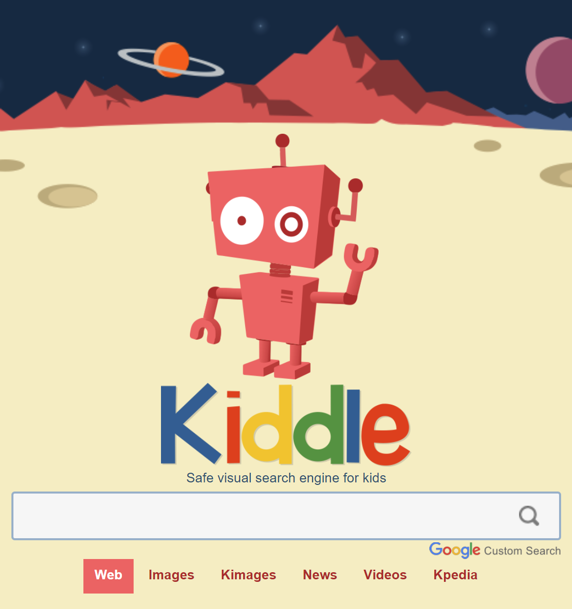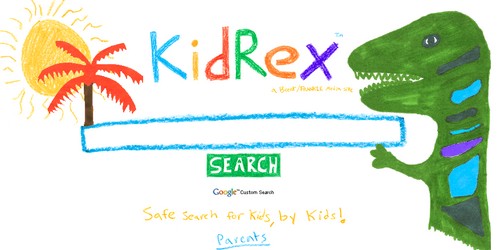Reliable Websites/Search Engines for Non Fiction Research:
Kiddle

Kidrex

National Geographic KIDS

NASA Kids Club
Learn Alberta Online Reference Centre

Students in grade 5 and 6 are conducting independent research projects. Students have been asked to identify a topic of personal interest, create inquiry questions that are:
- Focused on a single problem or issue
- Researchable using primary and/or secondary sources
- Feasible to answer within the time allotted
- Specific enough to answer thoroughly
- Complex enough to develop the answer over the space of a short non-fiction text
The task requires students to:
- find and use secondary sources that are reliable, readable and satisfy their purpose (non-fiction, topic)
- take notes using the "3 word" strategy
- track sources (using a graphic organizer shared with them on Google Drive)
- paraphrase the information (no plagiarizing)
- create a text that represents the information
- Include non-fiction text features

Read about graphic novels and how they can engage young readers.
https://www.scholastic.com/parents/books-and-reading/raise-a-reader-blog/3-reasons-graphic-novels-can-be-great-young-readers.html

This comment has been removed by the author.
ReplyDelete